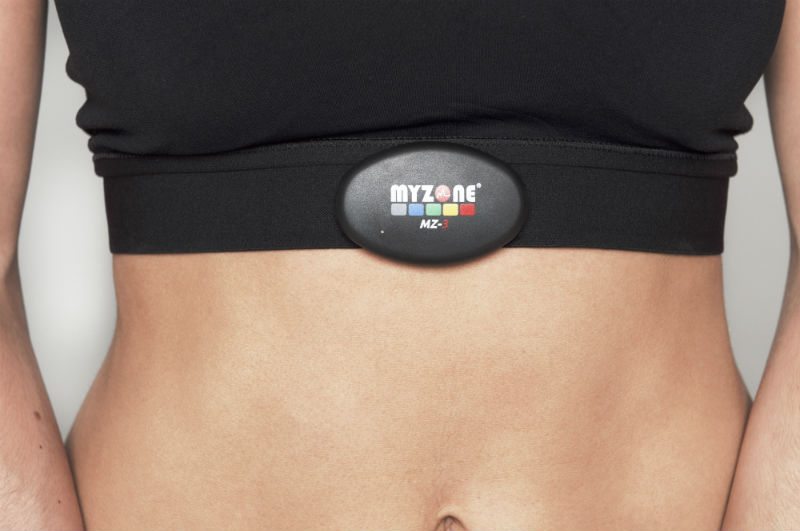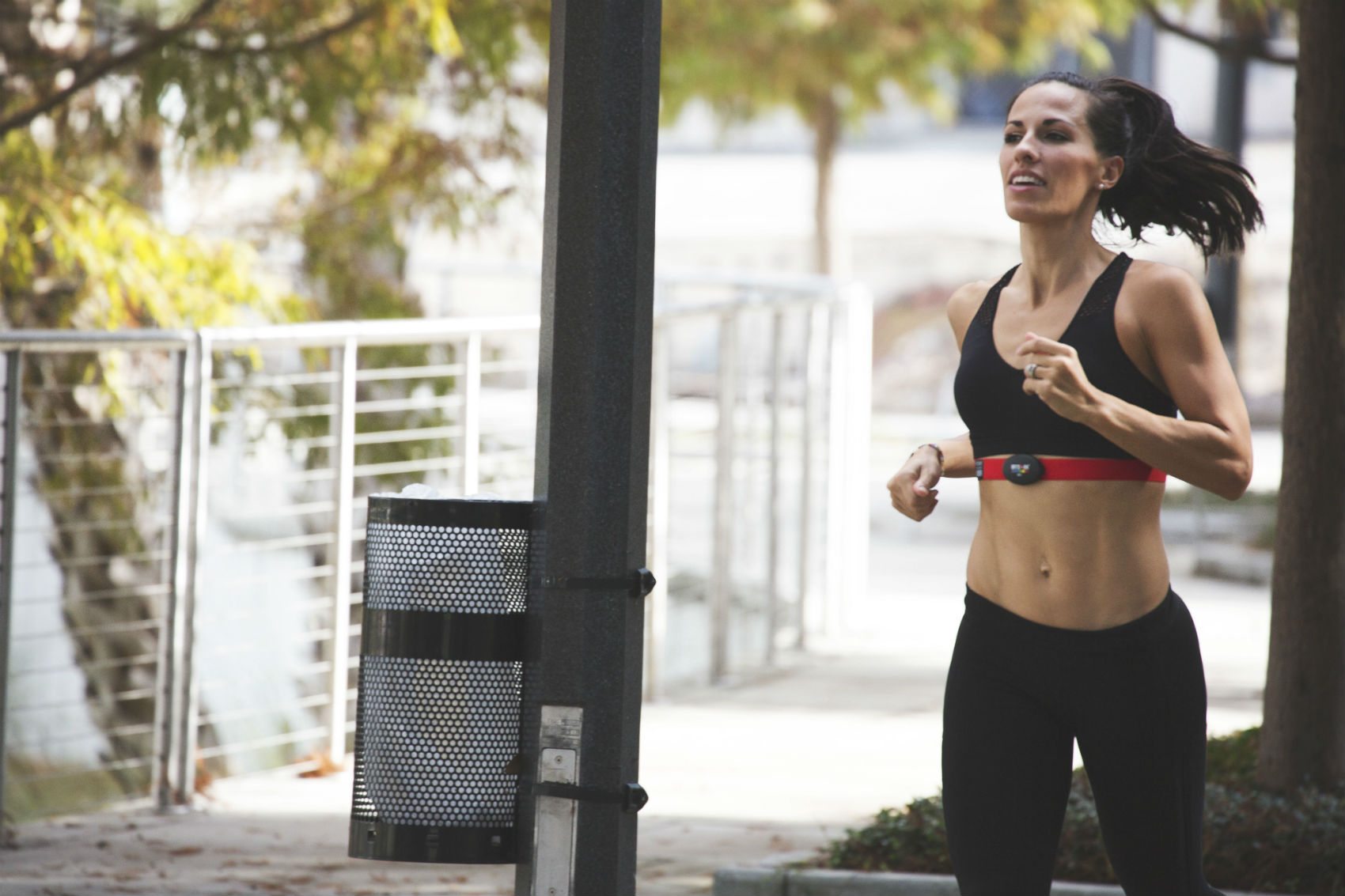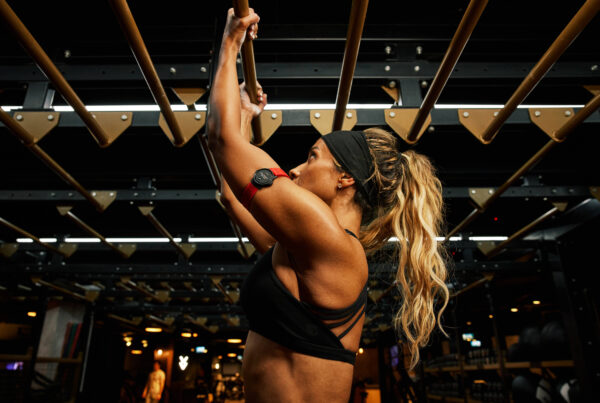Featured image courtesy of: MYZONE
Using a heart rate monitor can pay dividends when it comes to achieving your fitness goals. Pairing heart rate technology with more subjective markers like Perceived Rate of Exertion (how hard you feel like you’re working out) and the simple “talk test” (being aware of whether you are able to speak a whole sentence or just a short phrase), can help you better understand whether your workouts are leading you to your goals or missing the mark.
There are two basic types of heart rate monitors that are readily available. You can choose between a monitor that has sensors on either a chest strap or a wrist strap. Many models will find your heart rate zones for you by performing calculations based on your age and resting heart rate. The monitor then gives you feedback indicating what percentage of your maximum heart rate you are hitting throughout your workout.
Check out these 3 Ways Using a Heart Rate Monitor Can Boost Your Fitness:
1) You’ll know when your workout is productive and when you are just spinning your wheels.
Once you determine your resting heart rate and calculate your zones (or the monitor does it for you), you can monitor when you are working aerobically or anaerobically. In general, sustained aerobic activity can lead to weight loss and endurance improvements. Short bouts of anaerobic activity can help you break through plateaus and build speed.
You May Also Like: Turn Your Muscles on Autopilot-How Does Muscle Memory Work?

Photo Courtesy of MYZONE
2) Using a heart rate monitor will help you understand how you are supposed to feel when you are exercising in a particular zone.
You’ll be able to check if your perception that you are working out at a “7 or 8” (on a scale of 1-10) truly translates to 70-80% of your maximum heart rate. A heart rate monitor will tell you when you can push harder or need to back-off. If you pay attention to how you feel and how you breathe in each zone, you’ll be able to exercise more effectively with or without a heart rate monitor, ensuring every workout you do will bring you closer to reaching your goals.
3) A heart rate monitor can help you track your recovery after a workout.
The more fit you become, the less time it should take for your heart to shift back to your resting heart rate after vigorous movement. Shortened recovery time is one of the first signs of developing fitness. It can be a great confidence booster and reassurance that you are moving in the right direction!








